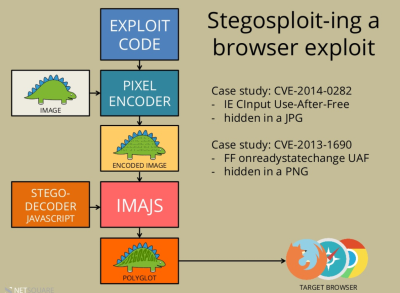CSL Dualcom, a popular maker of security systems in England, is disputing claims from [Cybergibbons] that their CS2300-R model is riddled with holes. The particular device in question is a communications link that sits in between an alarm system and their monitoring facility. Its job is to allow the two systems to talk to each other via internet, POT lines or cell towers. Needless to say, it has some heavy security features built in to prevent  tampering. It appears, however, that the security is not very secure. [Cybergibbons] methodically poked and prodded the bits and bytes of the CS2300-R until it gave up its secrets. It turns out that the encryption it uses is just a few baby steps beyond a basic Caesar Cipher.
tampering. It appears, however, that the security is not very secure. [Cybergibbons] methodically poked and prodded the bits and bytes of the CS2300-R until it gave up its secrets. It turns out that the encryption it uses is just a few baby steps beyond a basic Caesar Cipher.
A Caesar Cipher just shifts data by a numeric value. The value is the cipher key. For example, the code IBDLBEBZ is encrypted with a Caesar Cipher. It doesn’t take very much to see that a shift of “1” would reveal HACKADAY. This…is not security, and is equivalent to a TSA lock, if that. The CS2300-R takes the Caesar Cipher and modifies it so that the cipher key changes as you move down the data string. [Cybergibbons] was able to figure out how the key changed, which revealed, as he put it – ‘the keys to the kingdom’.
There’s a lot more to the story. Be sure to read his detailed report (pdf) and let us know what you think in the comments below.
We mentioned that CSL Dualcom is disputing the findings. Their response can be read here.



 The electronics for the MagSpoof are incredibly simple. Of course a small microcontroller is necessary for this build, and for the MagSpoof, [Samy] used the ATtiny85 for the ‘larger’ version (still less than an inch square). A smaller, credit card-sized version used an ATtiny10. The rest of the schematic is just an H-bridge and a coil of magnet wire – easy enough for anyone with a soldering iron to put together on some perfboard.
The electronics for the MagSpoof are incredibly simple. Of course a small microcontroller is necessary for this build, and for the MagSpoof, [Samy] used the ATtiny85 for the ‘larger’ version (still less than an inch square). A smaller, credit card-sized version used an ATtiny10. The rest of the schematic is just an H-bridge and a coil of magnet wire – easy enough for anyone with a soldering iron to put together on some perfboard.

 The big draw to the ORWL is a ‘honeycomb mesh’ that completely covers every square inch of circuit board. This honeycomb mesh is simply a bit of plastic that screws on to the ORWL PCB and connects dozens of electronic traces embedded in this board to a secure microcontroller. If these traces are broken – either through taking the honeycomb shell off or by breaking it wide open, the digital keys that unlock the computer are erased.
The big draw to the ORWL is a ‘honeycomb mesh’ that completely covers every square inch of circuit board. This honeycomb mesh is simply a bit of plastic that screws on to the ORWL PCB and connects dozens of electronic traces embedded in this board to a secure microcontroller. If these traces are broken – either through taking the honeycomb shell off or by breaking it wide open, the digital keys that unlock the computer are erased.













